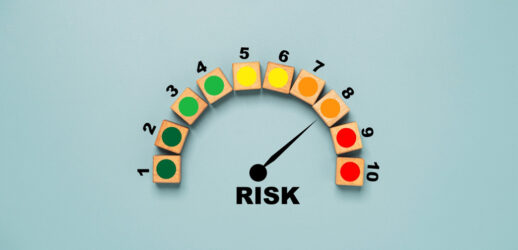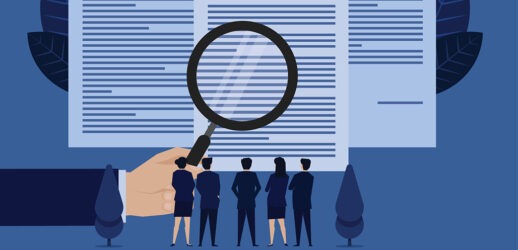Remote work is changing event expectations; this is what you can do about it
“Creativity and productivity happen when each person is engaged and the whole team feels valued.”
Remote work taught meeting professionals to focus on what needs to get done, not necessarily when. In the new world of hybrid work, we’re choosing when to go into the office and when to work from home or when to do a video call versus a collaborative online update on Slack or Teams.
Meetings and events need the same lens. When attendees have a choice in whether to stay home or attend in person, we must up the ante on delivering an outstanding product and take the needs of attendees into consideration by creating a flexible environment.
Following are some of the challenges around how to manage people and programs in a remote work environment and possibilities for offering choice solutions:
Challenge: Viewing time and health differently
Traditional approach: From networking breakfasts to late-night “socials,” participants were constantly on the go. Generally, that was done for mathematical reasons: the list of goals for events is long, and time is limited. Naturally, you fit in all you can, both for reasons of productivity and for rationale: you want people to feel the trip and the time was worthwhile.
Read More: Mental Health at Meetings: Engage Your Attendees with Wellness Activities
Lesson learned: We learned from working at home that taking breaks is actually beneficial. Neuroscience has long said that, but now we’ve all experienced the boost in energy from taking a walk at 2 p.m. or emptying the dishwasher in between meetings. Working from home provided the visceral proof that science was right: we work better with breaks.
Three Practical Applications for Program Wins
More breaks: Planners are now structuring meetings and events with less back-to-back content. This allows more networking time and encourages time out, which is good for mental and physical health.
More flexibility: Attendees no longer want to be locked into one schedule. Offer multiple tracks and don’t view people as “playing hooky” if they skip some sessions to focus on others.
Read More: Wellness Hacks: Deep Relaxation Trends
Wellness: Views on health and wellness have also changed. We now know that getting outside has measurable health benefits, and sitting all day has the opposite effect. Most events and large meetings now have health blended into the agenda, from stretch breaks to walking meetings to sessions on mental health.
Challenge: Nurturing the teams who create programs and events
Traditional approach: When everyone worked from an office, the expectation was that if you had a cold, you came in anyway. It was almost a badge of toughness that you could “push through.” That ideology applied to lunch breaks or even breaks in general. Eating lunch at your desk was considered a sign of dedication.
Lesson learned: While working at home, people could prioritize their physical health more, and thought about it more than usual. While workloads increased, the way people got work done morphed to include healthy practices like getting outside more during the day or taking a walk while doing a team status update.
Three Practical Applications for People Wins
Health first: Breaks are healthy. “Powering through” the day isn’t. Back to science, we know that switching tasks is healthy; staying at your desk all day isn’t. For a productive team, each person needs the opportunity (and encouragement) to take breaks and to work at their own pace. Keep the focus on the “what” versus the “when.”
Change your scenery: Get the creative juices flowing by literally changing what you’re looking at. If you’re in the office, work in a conference room or the cafeteria. At home, take the laptop somewhere else in the house, or go to a coffee shop. Changing your surroundings can change your thinking and give your brain a break.
Build boundaries: When it comes to your energy, picture water in a hose versus water in a puddle. You can get a lot more force from a hose than a puddle—that’s because the energy is contained. Set time boundaries (no meetings before 8 a.m., for example), space boundaries (work offsite when you need to focus), and most of all, energy boundaries. When you’re feeling worn out, press pause. A tired or frustrated version of you won’t produce the best work.
Creativity and productivity happen when each person is engaged and the whole team feels valued. Lessons learned during the pandemic can lead the way to sustainable approaches for both programs and people.
—
Amber Heinz, CMP-HC, HMCC, Bishop-McCann vice president of program operations, brings a wealth of diverse experience in managing client programs and operations teams across a wide spectrum of industries. Melanie Maddock, SPHR, leads Bishop-McCann’s talent and culture initiatives.
This article appears in the January 2024 and January/February 2024 issues as “Choice Lessons.” You can subscribe to the magazine here.





